There are many ways students get to school: driving, biking, taking the bus, walking and even riding electric scooters! But how much do these really even out? Due to the rapid increase in climate change in the past few years, we need to make sure that we decrease all of our carbon emissions so that we put a stop to global warming.
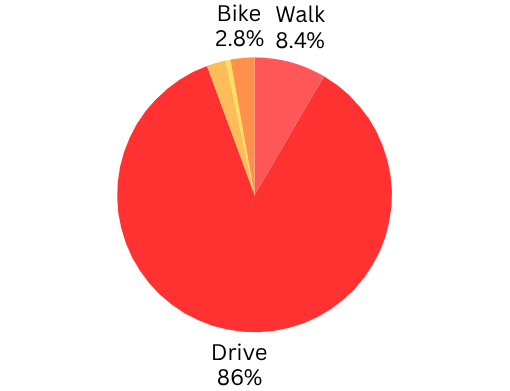
Students at Lincoln High definitely need to change ways as 86% of students drive to school out of 160 surveyed students. 8.4% walk, 2.8% bike, 2.2% take the bus, and 0.6% ride their electric scooter!
This is not desirable at all as global warming has gone up 0.11 degrees every year since 1850. Although this number is very small, it adds up. There are ways students at Lincoln High can make a change.
If young people do not start making changes now, there will be devastating consequences. Rising global temperatures, animal species extinction, air pollution, wildfires, rising sea levels and natural disasters are all effects of climate change, some of which have already started.
Some things we can do available to students according to Connect4Climate is getting to a school in a way that releases little to none carbon emissions, avoid use of plastic, recycling, planting trees and other kinds of plants, and spread the word to friends, family, teachers and online communities.
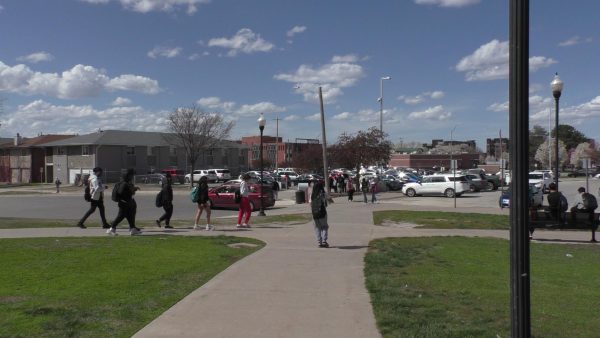
A science teacher here at Lincoln High, Wally Mason, learned a great deal about climate change while working with some climate scientists who brought light to the subject. Most generations before us did not have the opportunity to learn about climate change at school. Mason thinks it is crucial that this group of people learn about climate change.

“Climate change is a huge global, big system problem. Most people live their lives on a small scale in their local area, and only pay attention to the daily weather when it has an impact on daily life. And like I said above, most people haven’t been educated in climate science, let alone climate change. And those who have been educated and understand it, might be overwhelmed by it and might not feel they can make a difference,” Mason said.
The majority of the population only pay attention to things that affect their daily life now rather than things that will affect their daily life. Then, the other part of the population that are educated might feel if they start to reduce their carbon emissions they will not make a difference.
There are some places where they are paying special attention to this scary subject such as China, India and regions in the middle east are working towards improving their green energy infrastructure. Many renewable resources have risen up use such as solar to wind to geothermal in the past five years.
Mason says that technologies are getting cheaper to the point that it’s easier to use green energy than to burn carbon.
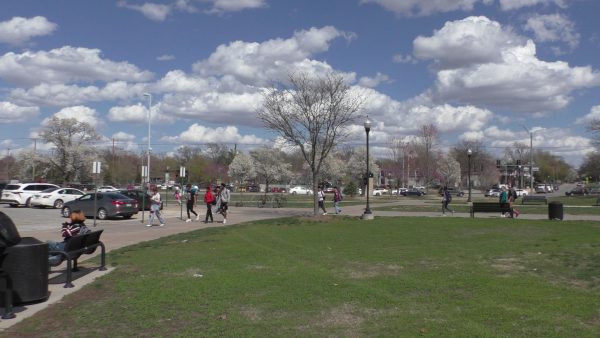
“The use of renewable resources has grown dramatically over the last five years from solar to wind to geothermal. Technologies are getting cheaper, and more efficient, to the point where it is just cheaper to use green energy in many places than to burn carbon.”
But he also says that energy needs are rising as well due to crypto and AI technologies innovations so there needs to be further developments for renewable technology to stop global warming.
Mason says that addressing climate change all over the world needs to happen but that alone won’t bring down the extraordinary amount of carbon that is released into the air each day.
But don’t get too down on yourself. According to Mason, the average Lincoln High student actually has a “relatively low carbon footprint” as we live in a city where things are closer together rather than in rural areas where things are much more spread out. A few habits that Mason thinks more students should start focussing on are turning off lights, gaming systems and computers when they aren’t being used. And doing this not only affects the climate, but saves money for your family!
If enough people start putting the climate first, we could really help the environment be healthy again.
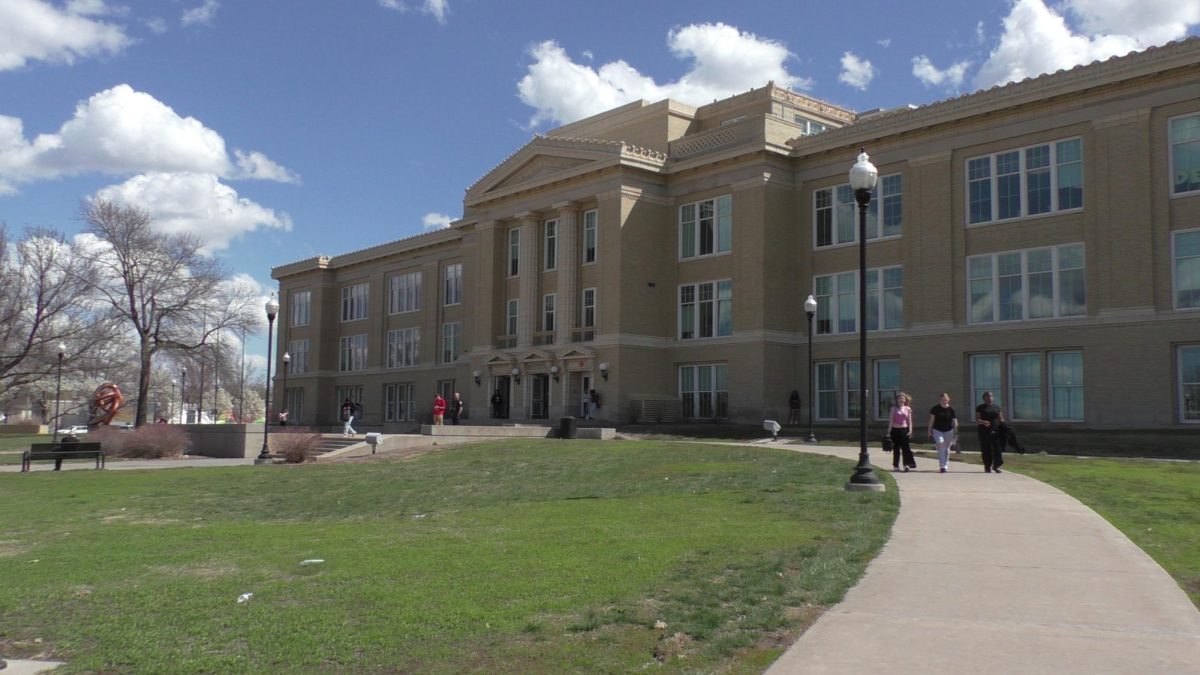

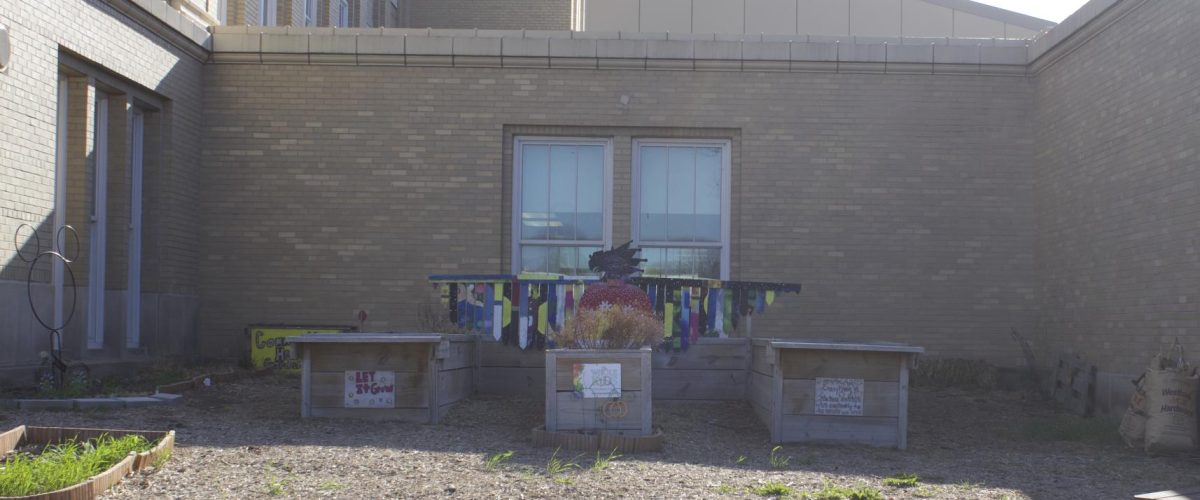

A Czeranko | Apr 14, 2025 at 2:22 pm
This article makes it look like LHS is the only school in Lincoln with this problem.
I suggest they look at ALL LPS High Schools and what percentage drive to school
Also China and India are 2 of the HIGHEST counties with pollution as they have NO restrictions on carbon emissions